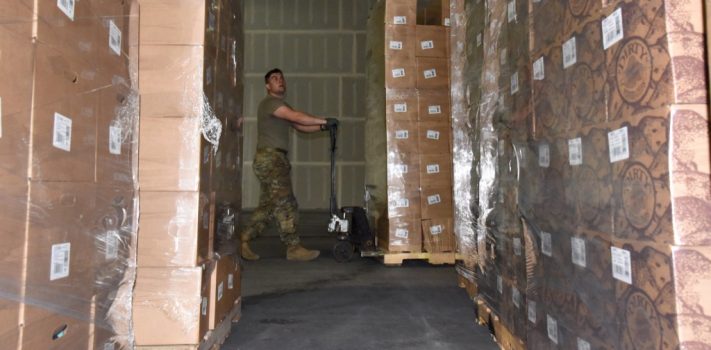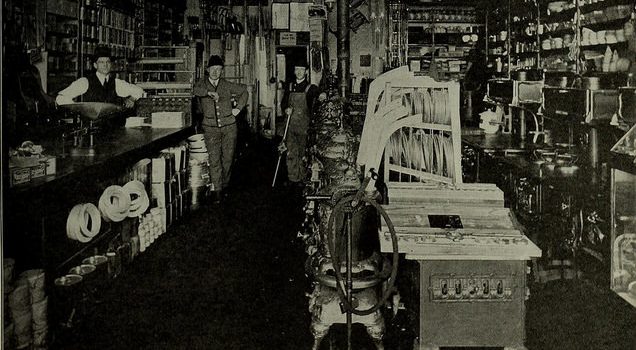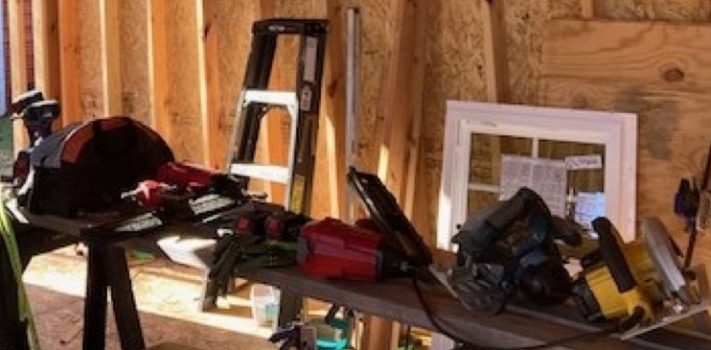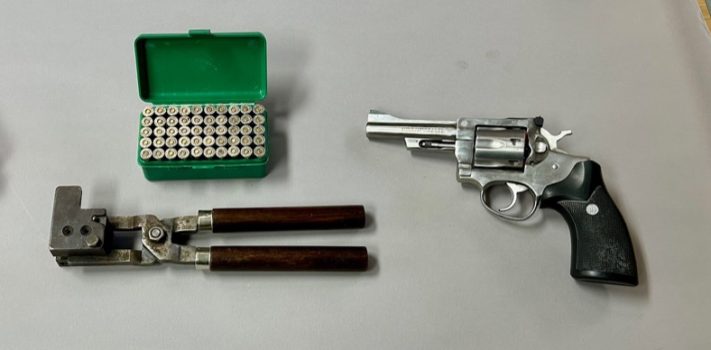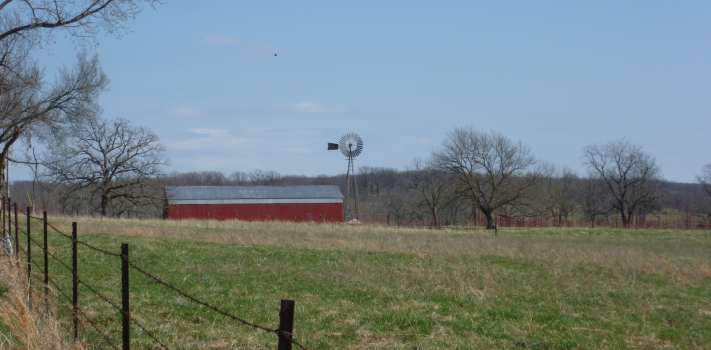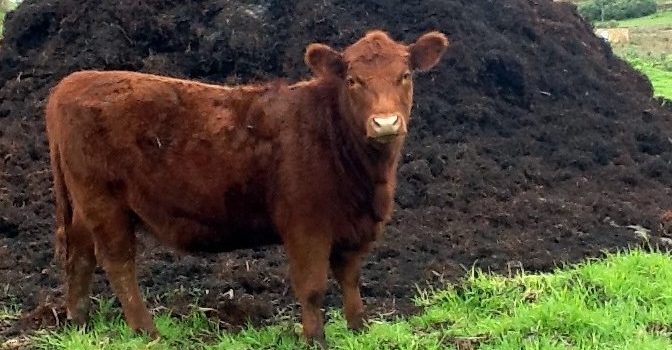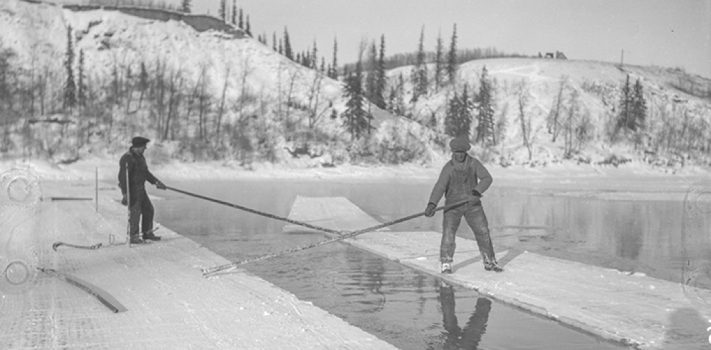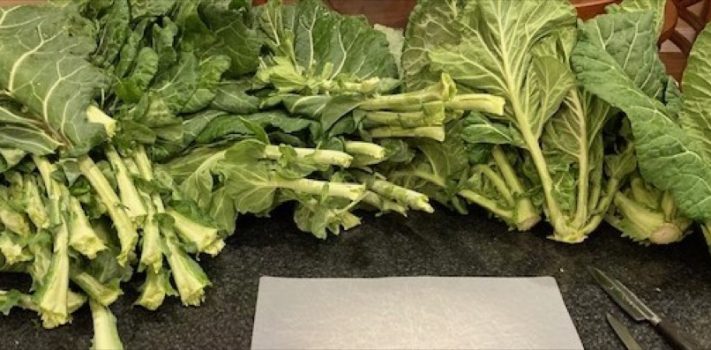Prepper Envy, by 3AD Scout
What is Prepper Envy? Prepper envy is when one Prepper looks at the preps of another Prepper and becomes jealous. Just looking at the comment sections of a Prepper YouTube channel or in Prepper blogs with comment sections will establish this phenomenon. Prepper Envy can become a psychological roadblock that prevents people from being better prepared. Do you have Prepper Envy? What can be done to overcome this self-imposed artificial hurdle to becoming better prepared? We all start with one step Regardless of the motivation to prepare, all Preppers, regardless of our demographics, started by taking some type of initial …

